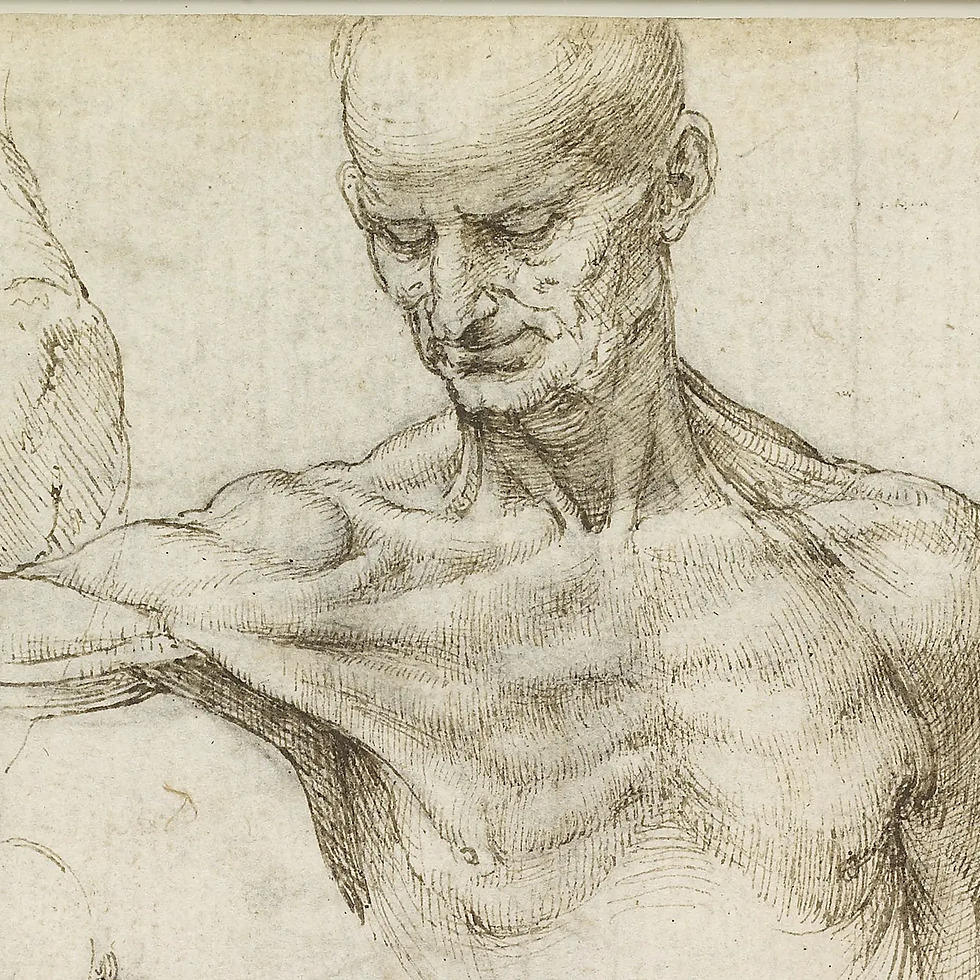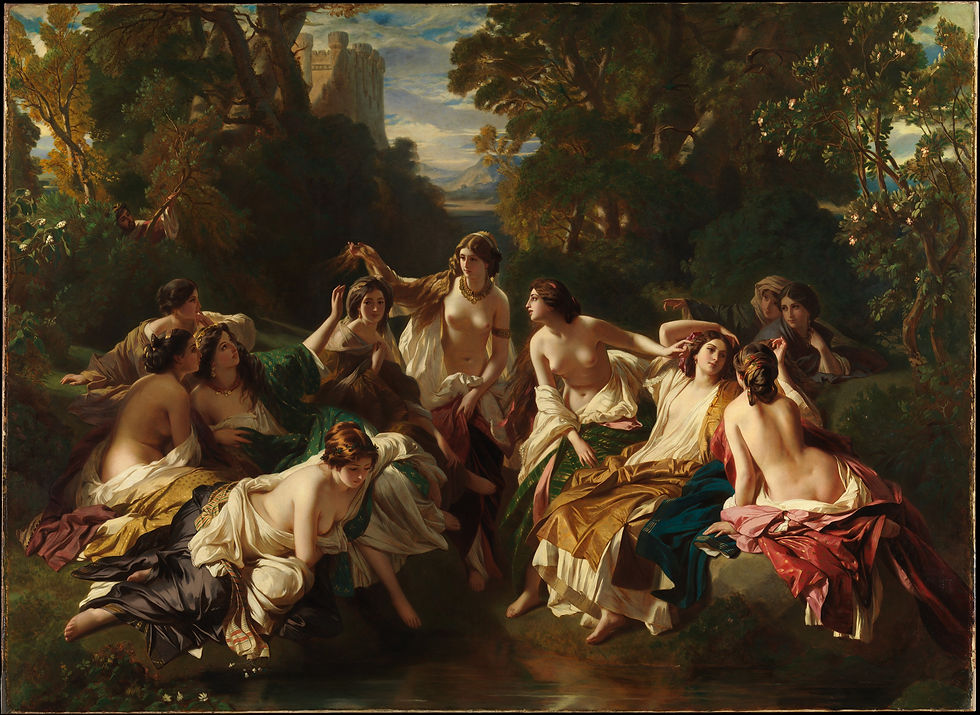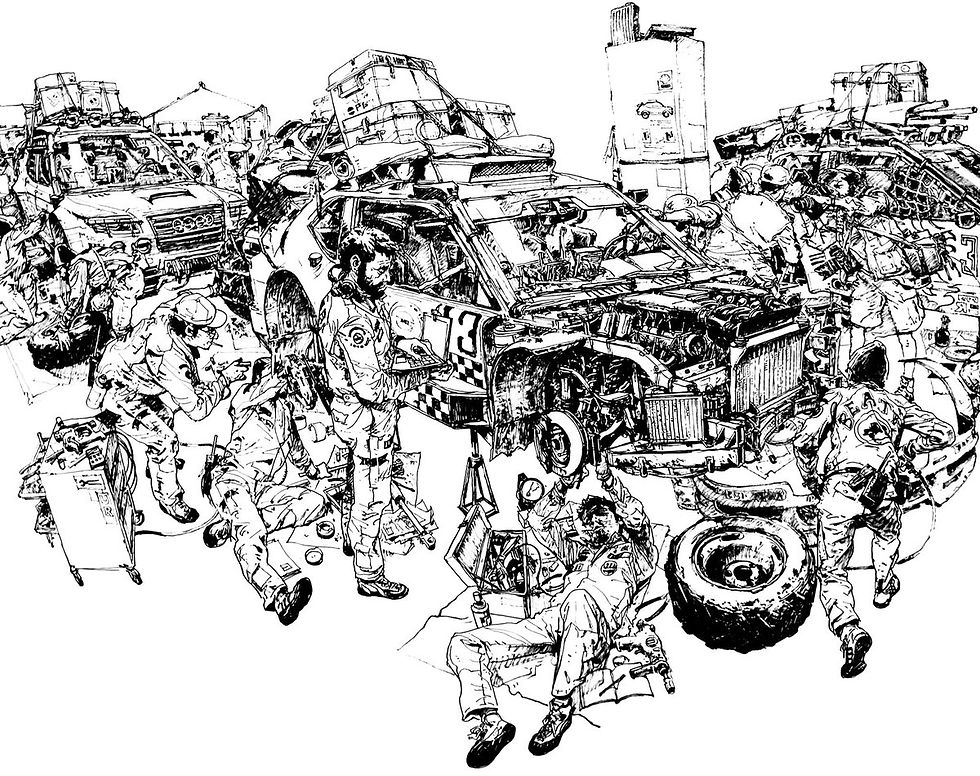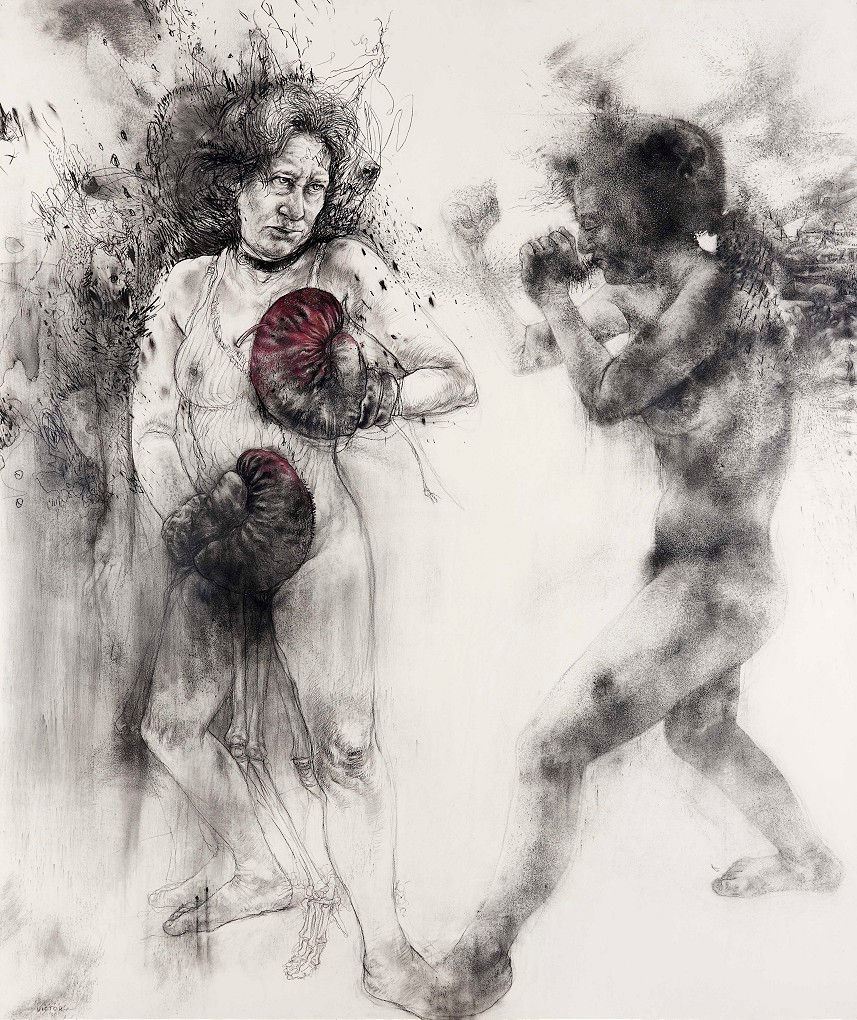Understanding what an image is trying to say is a lifetimes work. As artists we imbue our work with our own personal baggage, our emotions, our personality, and our world view. So, can we honestly say without hearing from the author what they were trying to say, I don’t think so. But this doesn’t stop us as the viewer reading into an image, the very act of looking at art forces us to bring part of us to party. We as the consumer are asked to take part in the work and have personal reaction to it. What does the image before you, make you think, and feel? It could be as simple as I don’t like this or I love this. But that’s only the tip of the iceberg, both of those simplistic opinions should be followed by the not so simple question, why? And it’s in the answering of that question we can appreciate the true joy of art.
There have been a few occasions in recent years, where I have been literally stopped in my tracks by art. Something about the image has grabbed me by the scruff of the neck and demanded my attention. An example of this was whilst visiting the Rijks Museum’s huge Rembrandt exhibition in 2019. This exhibition was brain meltingly comprehensive, it had everything from huge masterpieces like the Nights Watch to tiny sketches and preparatory drawings.

This tiny little etching, seemingly so insignificant stopped me in my tracks. I couldn’t get over how bold the drawing was. How an image so simply constructed could say so much. It made me feel pity for the subject, he looks so down on his luck and in need of a good meal. I stood in front of this image for maybe 15 minutes, thinking and finally sketching it. I needed to copy it down, I wanted to solidify what I’d felt and be able to look back and remember.
Those experiences not only thrilled me as a viewer but it also educated and informed my future drawing. The confidence and bold placing of lines told me that here was a guy who wasn’t afraid of failure. He thought about where the marks should go and then did it. It made me think about how I approached drawing. Be bold, be brave and don’t allow fear of mediocrity stop you saying what you what to say.
The human form is one of the most enduring subjects of art and has been prevalent for at least 20,000 years. Looking at the role of the nude in western art, it is clear to see it has varied widely, changing to reflect the wider society it was created in. In today’s society the nude body tends to be linked with sex and sexuality, this can distort the modern viewers understanding of historical depictions. We also can’t talk about the nude in art without considering the changing attitudes toward women in particular. Throughout history, society has been male dominated and as such effected both the depiction of the female form and the creation of art by female artists.

In classical Greece, male nudity wasn’t uncommon. Public bathing, gyms and athletic competition for example, were all done naked, this was seen as a reflection of societies progress and enlightenment. This is reflected in the depictions of the male figure at this time. The figure was idealised, “god like”, something for men to aspire to. On the other side of the gender divide, female nudity was seen as unacceptable. The belief was that a woman’s body was nothing more than an incomplete male body, therefore inferior. As such there was little to no female nudes in art at that time.
When the Romans took the over the world, artistically they looked back towards the Greeks, copying and displaying many Greek classical sculptures throughout their vast empire. Within their society, however, nudity for both sexes was much less restrictive than during Greek and this was developed into their art, leading to more images and sculpture of the nude female form being produced and seen. In general, the Roman depiction of female nudes are not thought to be sexual in intent; both male and female forms are very idealised, reflecting idea around roles played in society: male figures are shown as muscular and physically fit, reflecting the Empire’s military ideals. Female forms are more romanticised, a virtuous ideal.

With the birth of Christianity and its doctrine, attitudes changed again to reflect society. The story of Adam & Eve and the idea of original sin made nudity no longer an expression of ideals or power but an expression of the fall of the human race and therefore sinful. The nude in art almost disappears at this time, not really remerging until the Renaissance. During the Renaissance in Italy, the Classical nude was combined with Christian thinking. The body began to be seen as something natural and to be celebrated, to be allowed in the same space as religious thinking. The idea of using the nude within religious spaces, the thinking as that the body is not a sinful thing and therefore can be depicted as part of the glory of God rather than anathema to it.

From a contemporary perspective, nudes at this time can be interpreted as stylised, idealised – men are depicted with strength, women for fertility and idolisation. At this time, art and science were not mutually exclusive and the beginning of serious scientific study of anatomy can be seen, particularly in Da Vinic’s sketchbooks. This was to be taken further and directly inform the depictions of the nude during the Enlightenment.
During the Enlightenment, the nude in art, informed by scientific experimentation and discovery, began to be politised. With the study of anatomy came a better understanding of body, leading to more realistic depictions of the human form and came to be used to demonstrate that all men were created equal under God, undermining the previously accepted concept of the divinity of the monarchy. Advances in science, reflected in art, brought a split between the church, state, and monarchy.

Until the late 19th Century, women were excluded from formalised art education; the nude, throughout history was predominantly created by men, and as such, is the male perspective of the body which is prevalent. The female nude is a man vision of the form rather than a woman’s. As society became more sexualised, art reflected this and the female nude has continued to be more sexualised. In more contemporary times, particularly post suffrage, the female perspective has won significantly more freedom, challenging the previously accepted male dominance, both in society and in art.
In simple terms foreshortening is a magic trick, fooling the viewer into thinking a two-dimensional image has an extra dimension. Using the distortion of objects, and perspective to create the illusion of space. The closer something is to the viewer the larger it will appear and visa versa. If you look at almost any painting of the renaissance period you will find examples. The desire to produce faithful representations of the observable world made the use of foreshortening essential.

This painting demonstrates a rather extreme foreshortening of the human figure. This enhances the realism of the scene, forcing the viewer to see the dead Christ as a man. It forces the viewers eye to examine the body, as you look through the composition from bottom right to the top left. I do think the feet as a little out of proportion, at this extreme angle I think the feet should have looked much larger. I assume this was a choice of the artist to give Christ small feet to not distract from the faces.

Comic book art is one area that has taken the idea of foreshortening and ran with it. The comic book style of drawing is heavily stylized as is its use of perspective. In this context foreshortening is used not to depict realism but to push the energy levels up. Jack Kirby is a great example of an artist who’s work heavily relied upon foreshortening.

A modern comic style artist, like Kim Jung Gi has taken the idea further. Combining the exaggeration for effect and using it within a more realistic environment. This creates a heightened sense of reality which helps tell the story and draw the viewer in.

This image by South African artist Diane Vitor really spoke to me. Even though there isn’t an environment or background depicted, the use of foreshortening really gives the illusion of a three-dimensional space.
Comments